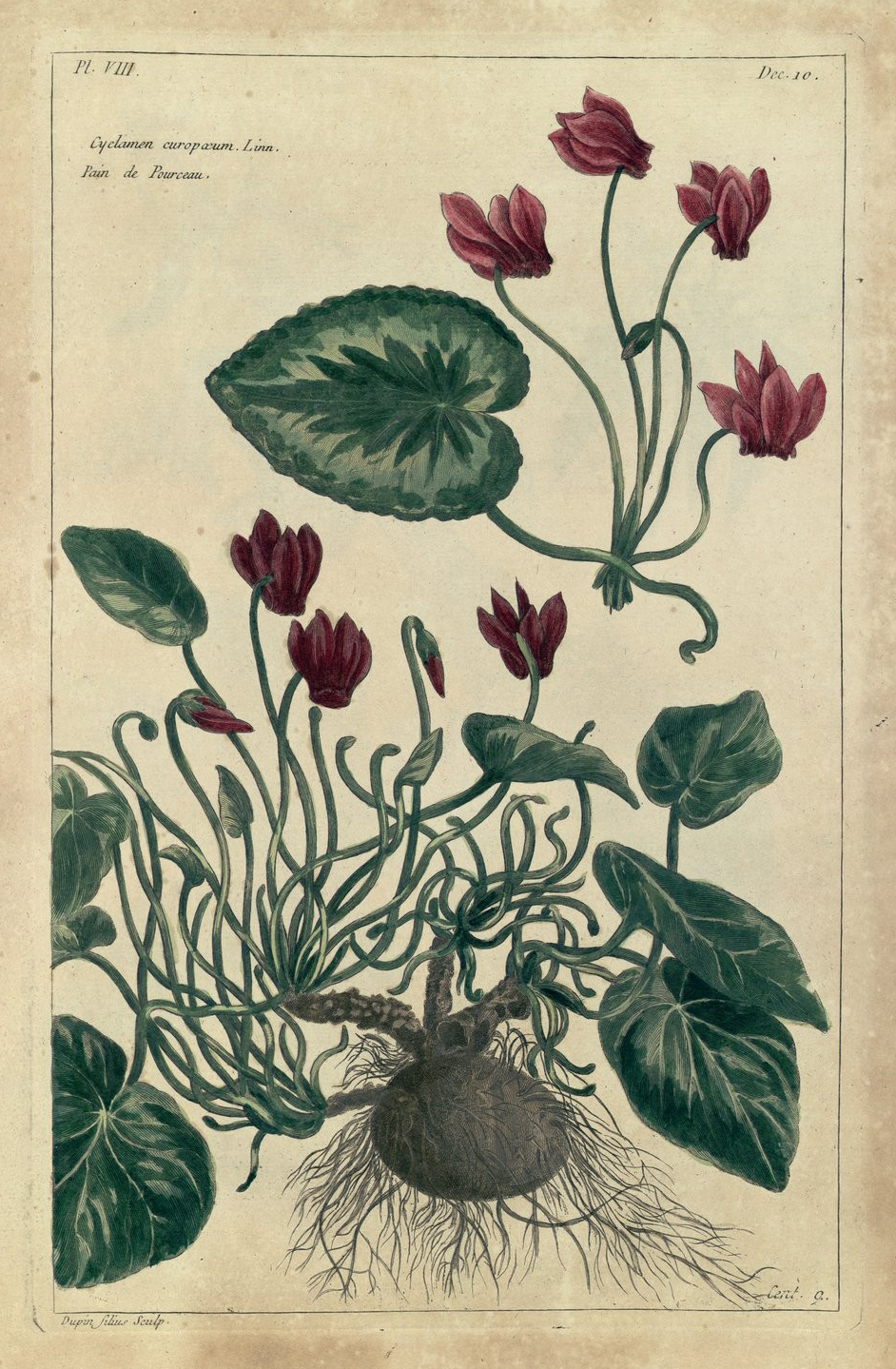Fishing using poisonous plants in Campania, Italy. A brief historical survey
Abstract
This article delves into the historical use of poisonous plants used for fishing in Campania, Italy, from the 16th to the 19th centuries, exploring both ancient practices and more recent practices found during the era of transition to the Italian Kingdom. It describes how various plants used as ichthyotoxins, including Cyclamen spp., Euphorbia spp., Taxus baccata, and Strychnos nux-vomica, underscoring their significance in traditional fishing methods in Campania across different times. The study also examines legal and regulatory responses to this practice, noting its persistence despite changing legal frameworks. This examination sheds light on the deep-rooted tradition of using natural toxins in fishing, contributing to our understanding of cultural practices in Southern Italy
Downloads


This work is licensed under a Creative Commons Attribution 4.0 International License.




